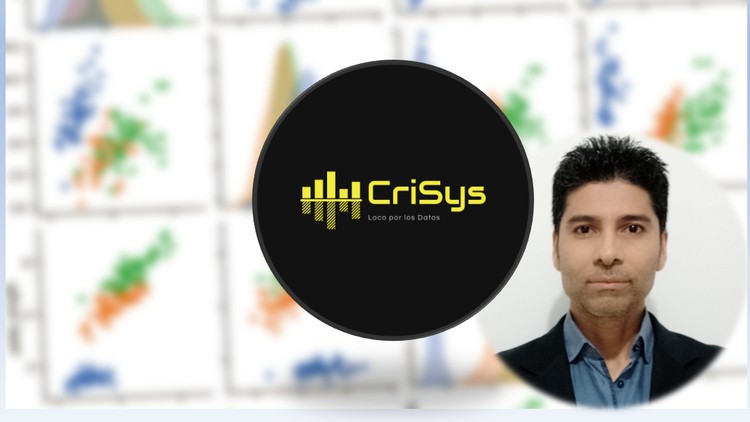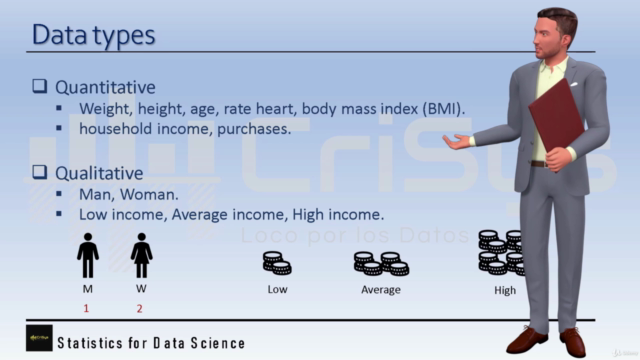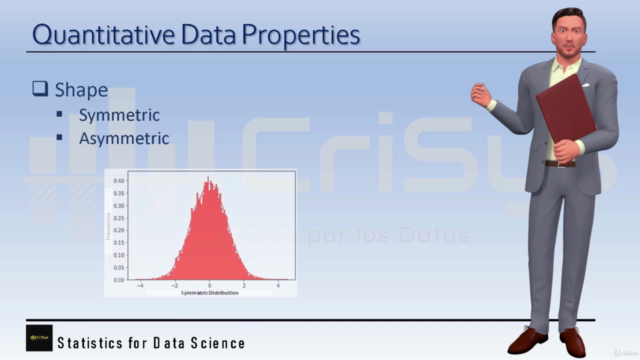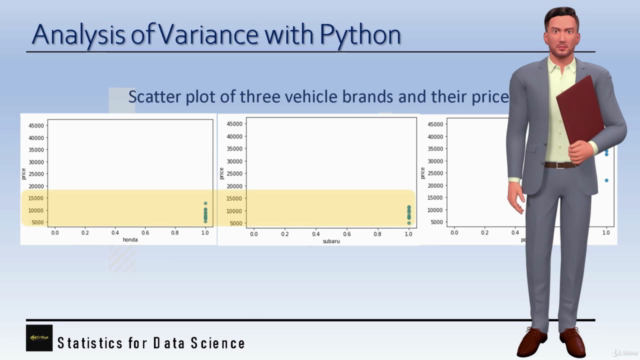Data Analysis with Python
Statistics introduction applied to data science. Focus on Exploratory Data Analysis (EDA).
4.36 (528 reviews)

4,967
students
2.5 hours
content
Apr 2024
last update
$59.99
regular price
What you will learn
Descriptive Statistics.
Pivot Table.
HeatMap.
Histograms.
Box-Plot.
Regression and Correlation.
Anova.
Chi-Square.
Introduction to Time Series.
And much more.
Screenshots




Related Topics
3560743
udemy ID
10/11/2020
course created date
12/17/2020
course indexed date
Bot
course submited by